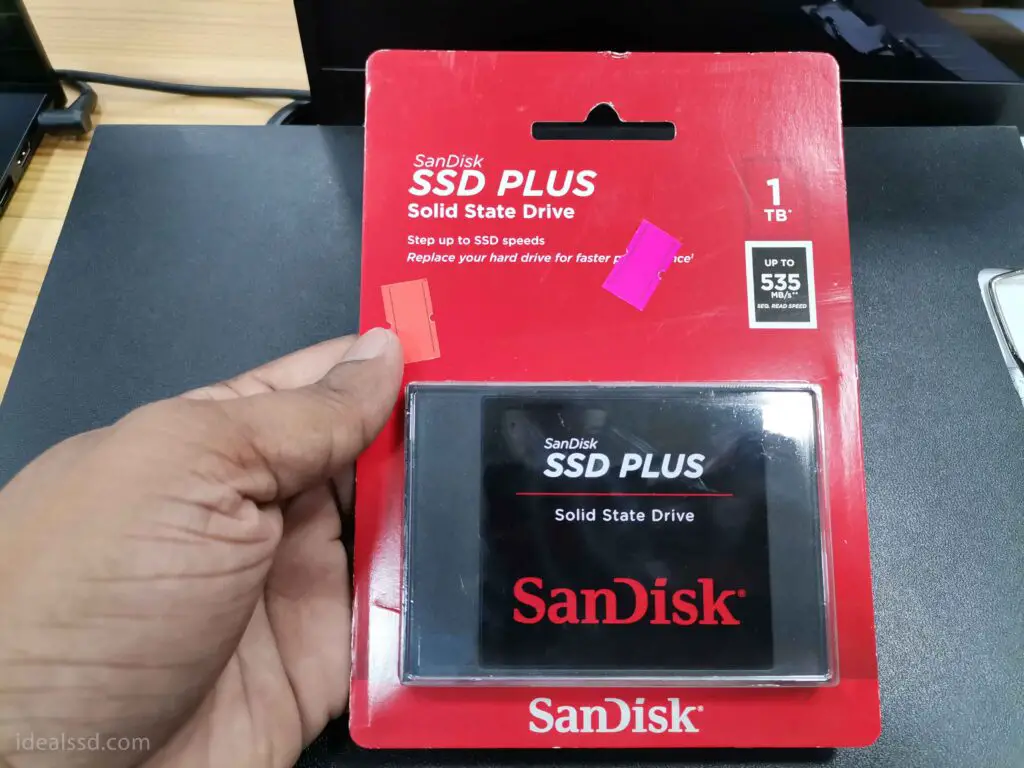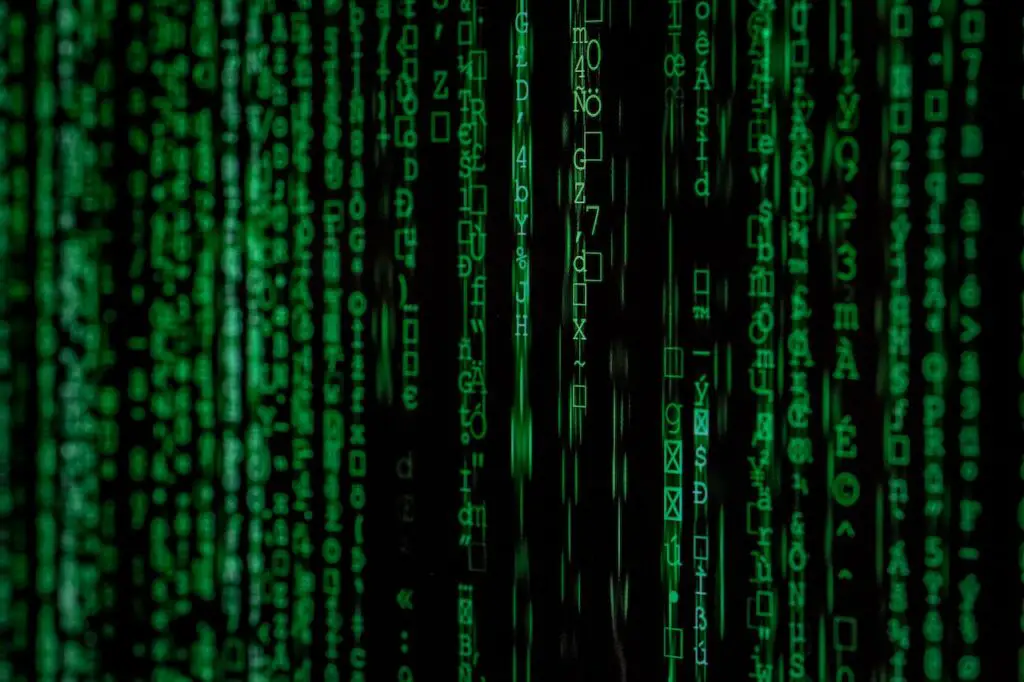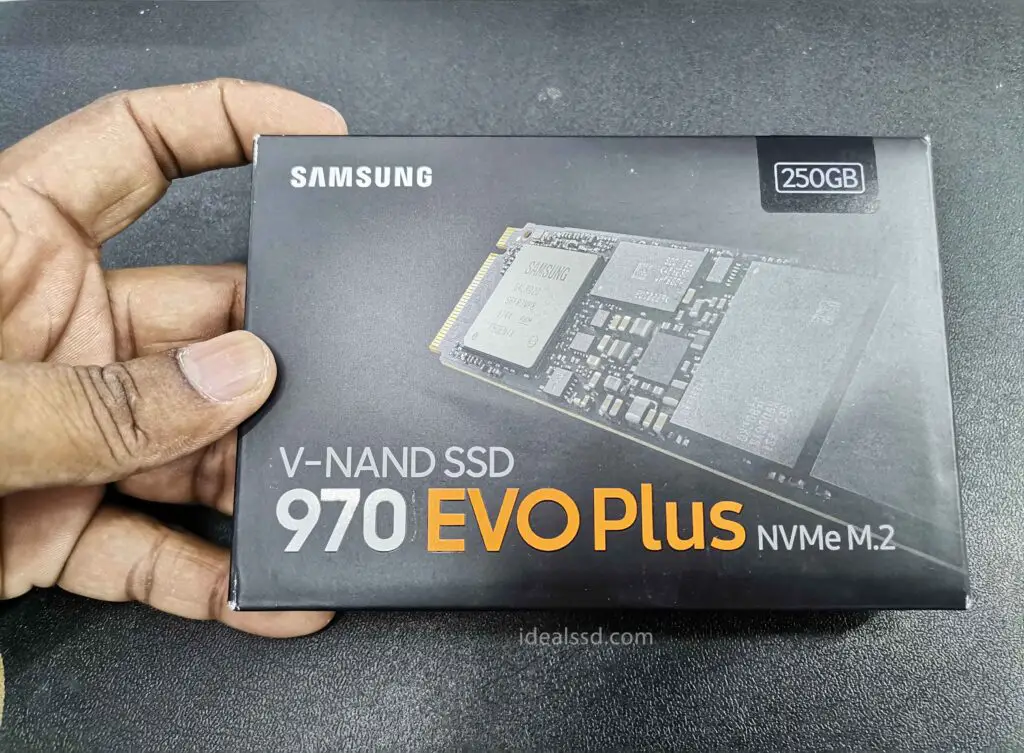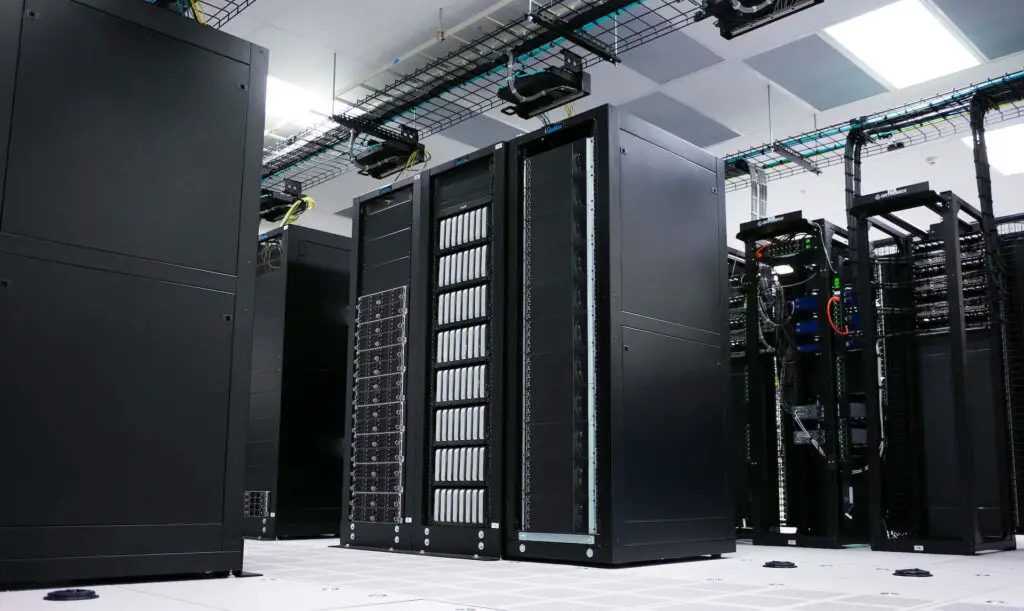Can a Stolen SSD be Tracked?

Has your SSD ever been stolen? Have you wondered if there was any way to track it down? If so, then this blog post is for you. In this article, I’ll cover the possibilities of tracking a lost or stolen SSD and what steps you can take to recover the device. Read on for more details!
Sadly, it is not possible to track a stolen SSD. Although most consumer-grade SSDs have advanced security features designed to protect data, they generally cannot be tracked if stolen or lost. If you find yourself in such a situation, the best course of action is to report the theft and take appropriate steps for data recovery, such as restoring from backed-up copies or using cloud-based storage providers.
Ways An SSD Can be Stolen Physically

When it comes to protecting your valuable data stored on an SSD, physical theft is one of the most concerning risks you may face. Here are some ways that an SSD can be stolen physically:
- Device theft: Thieves can steal your entire device that contains the SSD, such as a laptop or desktop computer. They may do this by breaking into your home or car or by simply snatching the device from you when you’re out and about.
- SSD removal: A thief may try to remove the SSD from your device, especially if it’s not secured or locked down. They may do this by opening up the device and removing the SSD or by using tools to extract it from its enclosure.
- Duplicate device: In some cases, a thief may replace your device containing the SSD with a duplicate device that looks exactly the same but has a different SSD inside. This can be difficult to detect, and the thief may have taken steps to clone your data onto the new device before swapping it out.
To protect your SSD from physical theft, you can keep your device in a secure location when not in use and using physical locks or other security measures to make it more difficult to steal. You may also want to consider encrypting the data on your SSD to make it harder for a thief to access even if they do manage to steal the device. Remember, it’s always better to be safe than sorry when it comes to securing your valuable data!
Can SSD Can Be Tracked?

I understand that you may be worried about the security of your SSD and whether it can be tracked if it’s lost or stolen. However, unlike mobile phones, SSDs do not have an IMEI (International Mobile Equipment Identity) number that can be used to track them.
So If you are asking me point blank can we can track it or not, the answer is no.
The IMEI number is a unique identifier assigned to each mobile phone, and cellular networks use it to identify and track the device. However, SSDs do not have cellular capabilities, and therefore, they do not have an IMEI number.
On the other hand SSDs are not registered by traditional surveillance methods such as Global Positioning Systems (GPS).
Why Cant Manufactures Make A Trackable SSD?
Manufacturers can technically add a tracking function to SSDs, but it’s not a straightforward solution. For a device to be trackable, it must be able to send and receive signals, like GPS, WiFi, or Bluetooth. However, SSDs don’t have the necessary hardware to do this.
Moreover, if manufacturers were to add a tracking function, they would need to create a backdoor allowing the SSD to communicate with outside whatever tracking system. This would create a security risk as it would be easier for hackers or malware to exploit the system. Creating a backdoor like this could allow anyone to access your sensitive information, making it more of a risk than a benefit.
Additionally, a tracking feature would also require a power source, which can be challenging to achieve in a small and compact device like an SSD. Therefore, it’s not a viable option to add tracking capabilities to SSDs.
Ok. now you know for sure that SSD s are not trackable, but what can you do to protect your data if your SSD is lost or stolen?
So You Cannot Trace Your Stolen SSD. What Can You Do?
While SSDs cannot be tracked in the same way as mobile phones, there are still some steps you can take to improve your chances of recovering a lost or stolen SSD:
So following below steps, once you get your brand-new SSD, will make you prepare.
– Keep A Record Of The Serial Number
It is important to keep a record of the serial number of your SSD. If it is lost or stolen, the serial number can help law enforcement identify the device. So, it is highly recommended to take an image immediately. Having this record will help you be prepared for any chance of theft and make it easier to provide information to law enforcement, if needed. Be sure to take a clear photo of the serial number.
– Activate Encryption

Encrypting the data on your SSD means that your information is scrambled and converted into an unreadable format. This is done using an encryption algorithm and a secret key only you know. This makes it more difficult for a thief to access your information even if they manage to steal your device because they need the secret key to decrypt the data.
Without the key, the information on the SSD is essentially useless and impossible to read. This can protect your privacy and prevent sensitive information, such as personal or financial information, from falling into the wrong hands. It also means that if you lose your device or it gets stolen, you don’t have to worry as much about someone accessing your information.
Even today’s new SSDs comes with self encrypting capabilities. Take a look at the below NVME SSD. It comes with AES 256 encryption and OPAL V2 supported in hardware level.

To know more about that, refer What Is a Self Encrypting SSD? Worry About DATA Privacy?
However, it’s important to note that encryption does not guarantee your data is 100% safe. If the thief manages to obtain your secret key, they could potentially decrypt the data and access your information. It’s also important to use a strong and unique password for your encryption key, and to keep it in a safe place. Additionally, you should make regular backups of your encrypted data if you lose access to your SSD or forget your encryption key.
Sure, I will write an another full article about SSD encryption later.
– Cloud Back Up

Cloud-based backup is a modern and reliable method of safeguarding important data stored on your SSD (solid-state drive). Storing your data on the cloud is an efficient way to back up your data automatically, without any human intervention. This technology is rapidly gaining popularity among businesses and individuals alike because it provides many benefits.
- First and foremost, cloud-based backup provides additional protection for your data. You can still access your data from the cloud if your SSD is damaged or stolen. In other words, you don’t need to worry about losing your data if something goes wrong with your SSD.
- Another key benefit of cloud-based backup is its convenience. With cloud-based backup, you can automatically back up your data without manually copying files to an external hard drive. This saves time and effort, and ensures that your data is always up-to-date.
- Moreover, this method provides scalability, so you can quickly expand your storage capacity as your data grows. This eliminates the need to constantly upgrade your hardware, which can be costly and time-consuming.
- This method also enhances security for your data. Reputable cloud-based backup providers like Amazon, Carbonite, Dropbox use various up to date security protocols to protect your data from any unauthorized access.
If you are familiar with google drive, its an another cloud based back up services provides by Google which you can use to secure your data.
I installed Google Drive for Desktop on my PC and marked certain folders to be backed up regularly. It runs perfectly, and I am able to access my data anytime.
Ok, if you read up to this point, you could see the benefits of doing above things, right? Because now you know for sure you cant track the SSD. What matters is data in it, right? So lets continue.
– Install a Remote Wipe Software
Note that this method is not helpful if the thief remove the SSD from the laptop or the PC. Becuase to do this wipe you have to install this software on a PC and if the thief took whole PC, then you can try this.
Remote wipe software is a type of security software that allows you to remotely erase data from a lost or stolen computer or device. It is often used by businesses and individuals to protect sensitive data and prevent it from falling into the wrong hands. One example of a remote wipe software is DriveStrike.
This software runs as a Windows service with high-level access privileges. This means the software can access core components required for a remote wipe. When an authorized administrator triggers a Windows Remote Wipe from the Dashboard, These software immediately issues a secure command to initiate the wipe.
Once the affected Windows device connects to the internet, the remote wipe command is executed, which erases all your sensitive data from the device.
Its better than nothing, right? 🙂
What Should You Do Incase Of An Theft?
If your SSD has been stolen, there are some steps you can take to protect your personal data and increase your chances of recovering your device. Here are some suggestions:
- Change your passwords: If any passwords are saved on your stolen SSD, change them immediately. This includes passwords for online accounts, email, and social media.
- Notify your bank: If you have any banking information stored on your stolen SSD, notify your bank immediately. They can help you monitor your accounts for unusual activity and prevent fraudulent charges.
- Report the theft: File a police report with your local authorities immediately. Please provide them with as much information as possible, such as the make and model of the SSD and any unique identifiers that might help identify it.
- Activate remote wipe: If remote wipe software is installed on your SSD, activate it immediately. This will erase all the data on your SSD and make it harder for the thief to access your personal information.
- Monitor online marketplaces: Check online marketplaces like Craigslist or any classified website for your stolen SSD. Thieves often try to sell stolen items online, so keep an eye out for any devices that match the description of your SSD.
While it can be challenging to get back a stolen SSD, taking these steps can help you protect your personal data and increase your chances of getting your device back.


I just found out from an SSD employee in Cypress Hills Brooklyn that someone signed and cashed my check on July 17th for $868.00. I will go back to the office tomorrow and ask her to give me a copy of the most recent check. I’ve been waiting for it since the 3rd of thus month. If someone indeed cashed my check, then I will ask them what I should do. Otherwise I have to wait for 90 days for another one. Stupid people trying to pimp me so that I can finance a well known venue that never transpired correctly.